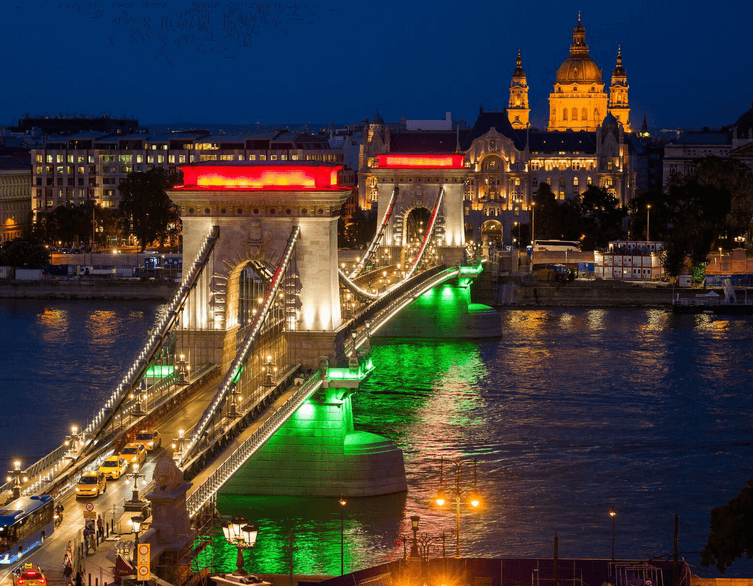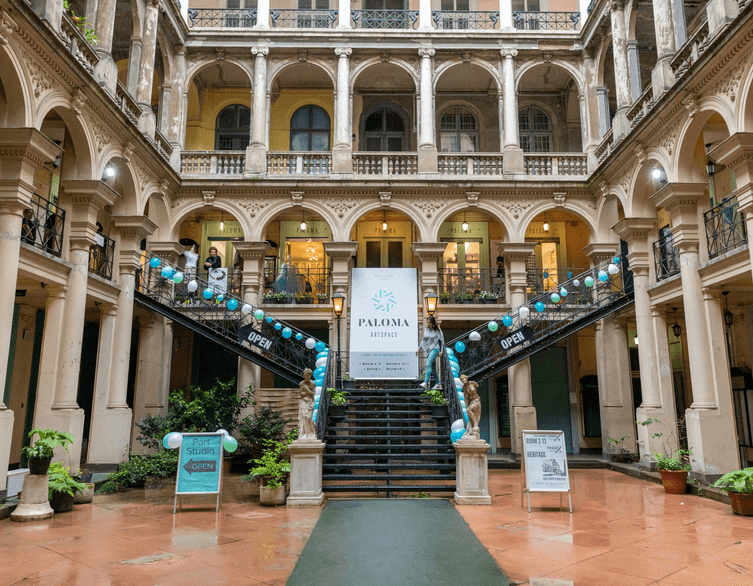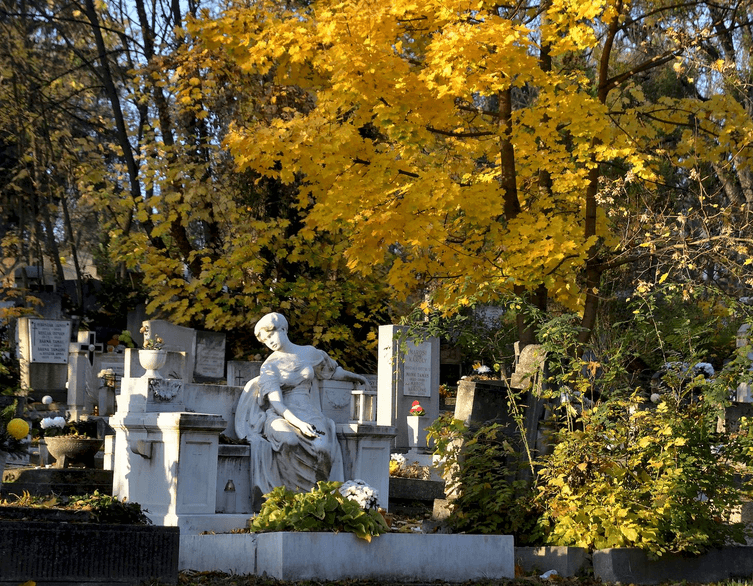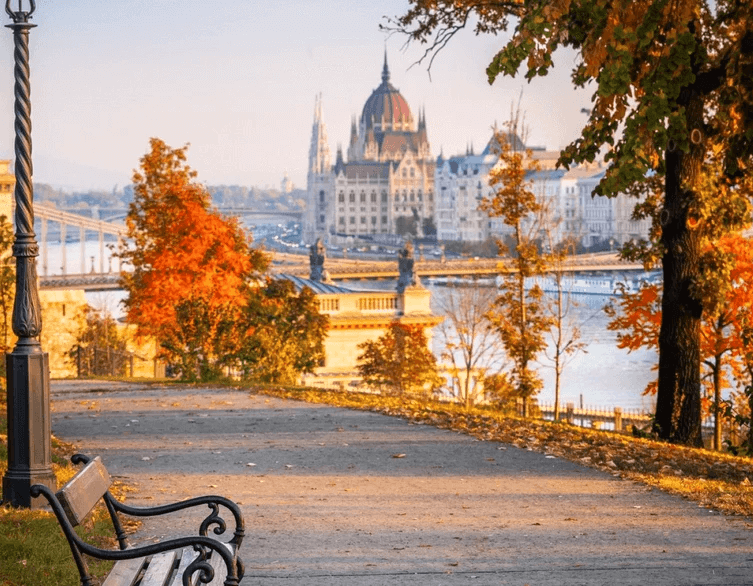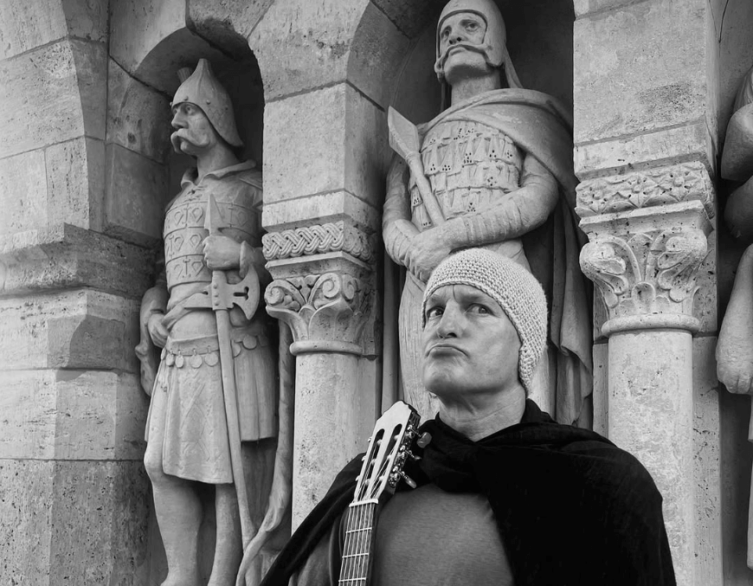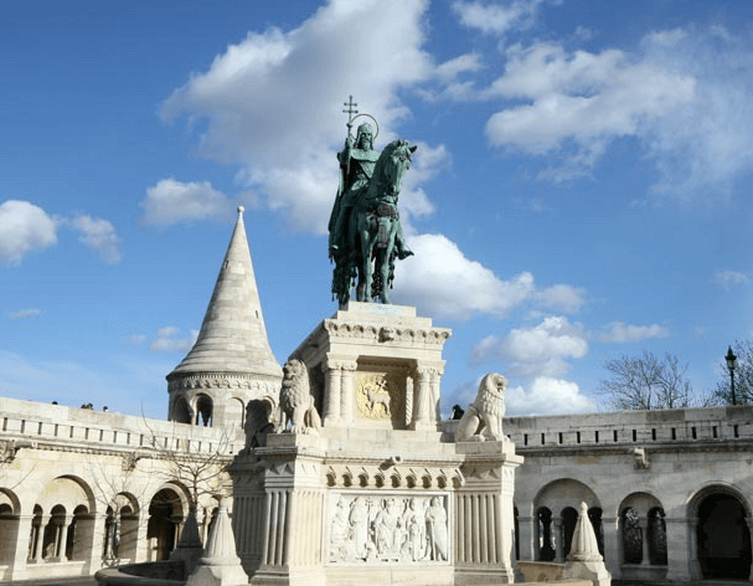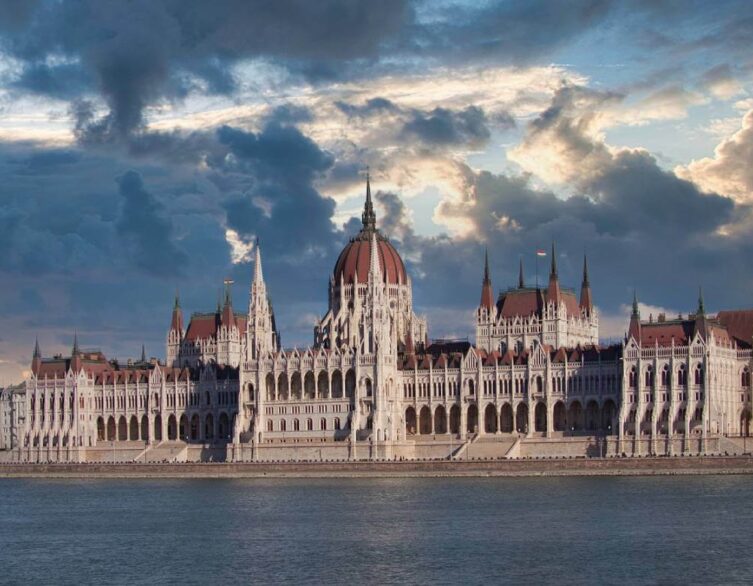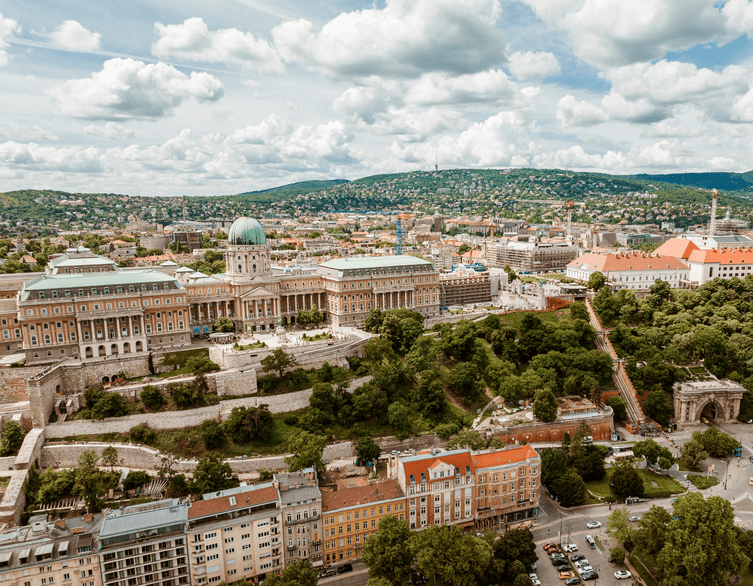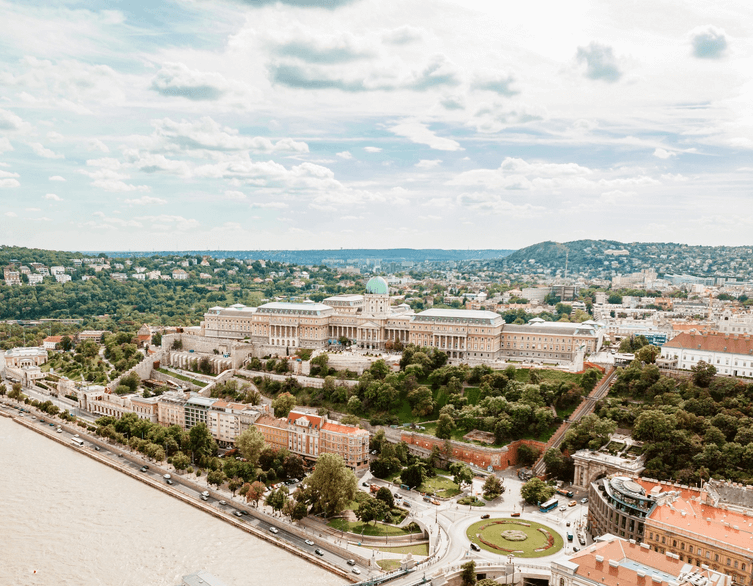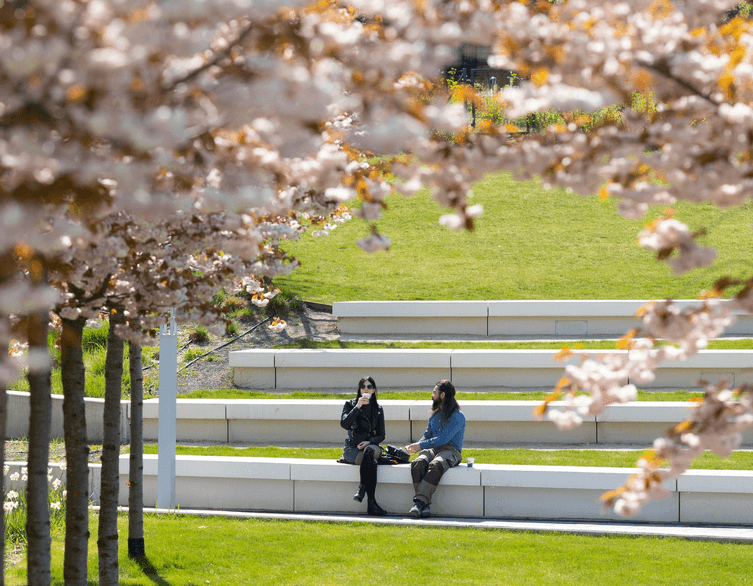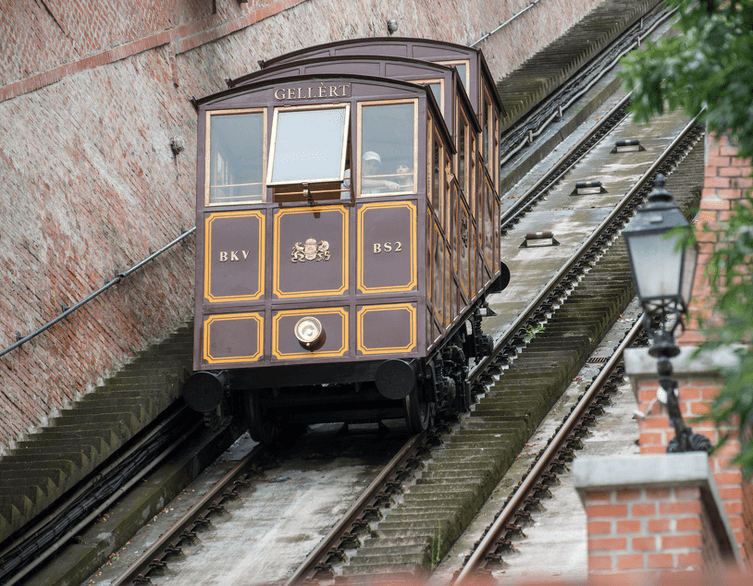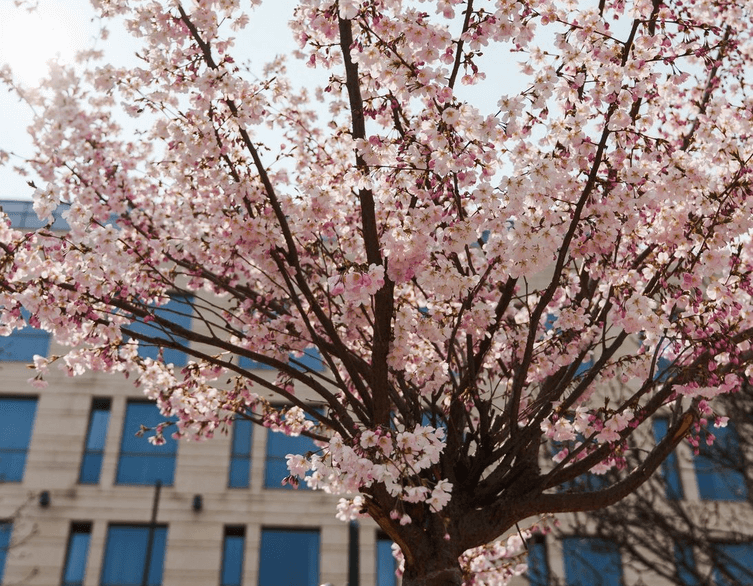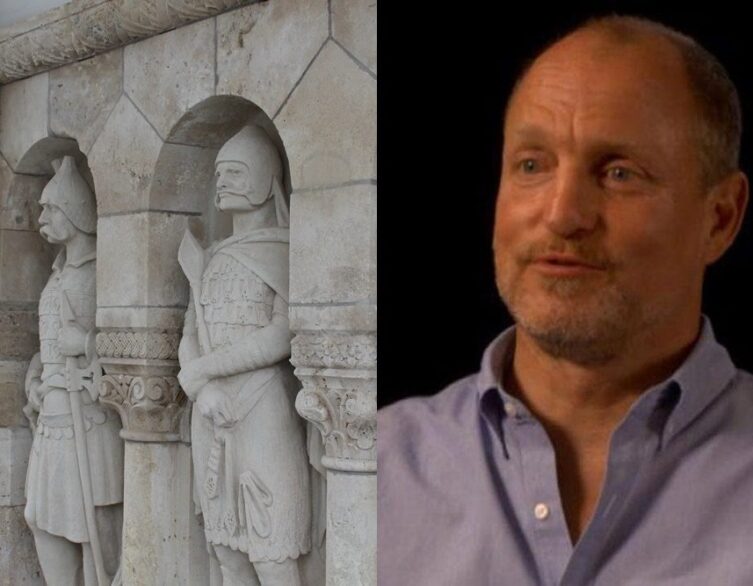Take a Walk in the Enchanting Fisherman’s Bastion
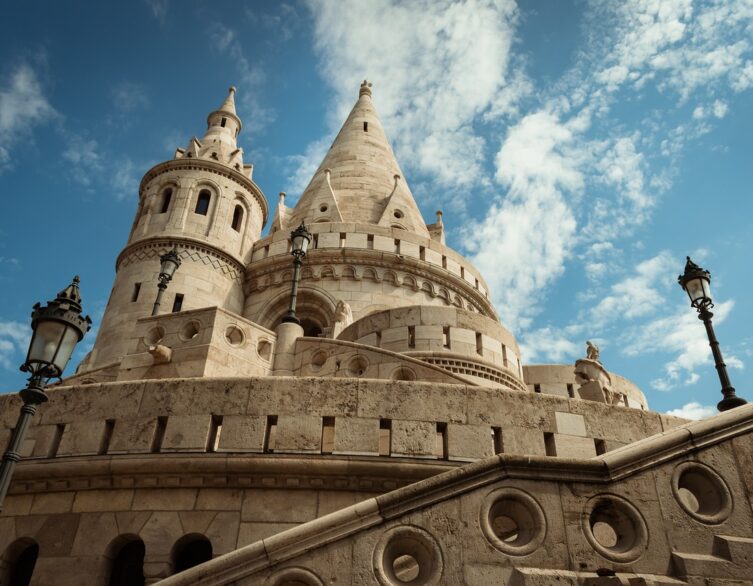
When visiting the charming city of Budapest, one of the must-see attractions is the Fisherman’s Bastion, located in the historic Buda Castle area. This architectural marvel, with its fairytale-like turrets and spires, offers not only a fascinating glimpse into Hungary’s rich history but also provides breathtaking panoramic views of the city and the majestic Danube River.
Historical Significance
The Fisherman’s Bastion as we know it today was constructed at the turn of the 20th century. However, the base of the wall was part of the original castle and it was built during the 1700’s. The bastion’s name pays homage to the fishermen’s guild that once defended this stretch of the castle walls during the Middle Ages. The fishermen lived under the wall in the so-called Fishtown or Watertown.
The wall was a crucial part of the fortification of the castle in the Middle Ages and was especially important during the Turkish occupation. The Turkish siege of the Buda Castle left it in ruins, but it was reconstructed by the Austrian military leadership after their forces retook the city from the Turks.
Best deals of Budapest
After the fall of the Austro-Hungarian monarchy, the Fisherman’s Bastion and the castle itself lost its importance as part of the city’s defense. With the introduction of modern warfare, the wall was no longer an obstacle to keep the enemies at bay. The wall was once more greatly damaged during World War II, and nature finished the work that wars have started: water loosened the stones of the foundation and partially washed away the wall.
Even though in 1874 the authorities decided that the castle and the bastion could no longer be part of the county’s defense, they agreed that it was still a historically important site. Unfortunately reconstruction was constantly delayed and the work only began in 1899. It was in late 1905 when the Fisherman’s Bastion was handed over to the capital once more in its restored beauty.
Architectural Wonder
The Fisherman’s Bastion is a prime example of Neo-Romanesque architecture, featuring delicate arches, intricate carvings, and ornate balustrades. The bastion gained its current form based on the design of the Hungarian architect Frigyes Schulek.
The gleaming white stone structure stands in perfect harmony with the adjacent Matthias Church, a 13th-century Gothic masterpiece. As you explore the bastion’s terraces and stairways, you’ll be transported to a bygone era of kings, knights, and legends.
The seven turrets of the Fisherman’s Bastion symbolize the seven Hungarian tribes that settled in the Carpathian Basin, laying the foundation for the nation we know today. Each tower offers a unique perspective of the city, with panoramic views of the Danube, Margaret Island, Gellért Hill, and Pest.
The bastion is composed of three main building units: the stairs, the north and south bastions with their connecting corridors, and the southern courtyard with the statue of St. Stephen, Hungary’s first king. The stairs, flanked by statues of 10th-century warriors, lead visitors from the base of the hill to the main level of the bastion. The corridors and bastions provide a peaceful promenade and lookout point, while the southern courtyard features an impressive bronze statue of St. Stephen mounted on a horse, created by renowned sculptor Alajos Stróbl.
The architectural details of the Fisherman’s Bastion are truly remarkable. From the ornate stone carvings and reliefs to the pierced balustrades and conical roofs, every element contributes to the structure’s overall grandeur and beauty. The bastion also features statues of other notable Hungarian figures, such as John Hunyadi, a 15th-century military leader, and a copy of the famous 14th-century statue of St. George slaying the dragon, originally created by Hungarian masters for Prague Castle.
Stunning Views
One of the main draws of the Fisherman’s Bastion is the unparalleled view it offers of Budapest and the Danube River. From its elevated vantage point, you can admire the city’s iconic landmarks, such as the Chain Bridge, the Hungarian Parliament Building, and St. Stephen’s Basilica. The sight of the river winding through the heart of the city, with its graceful bridges and picturesque islands, is truly unforgettable.
Nearby Attractions
While at the Fisherman’s Bastion, be sure to visit the neighboring St. Matthias Church, a stunning example of medieval architecture with a colorful tiled roof and rich interior decorations. Just a short walk away, you’ll find the impressive Buda Castle, the former royal residence that now houses museums and cultural institutions. For a unique experience, take a ride on the historic Buda Castle Funicular, which has been carrying passengers up and down Castle Hill since 1870.
The Fisherman’s Bastion is a testament to Budapest’s enduring beauty and fascinating history. As you explore its enchanting turrets and terraces, you’ll be immersed in the magic of this incredible city. Whether you’re an architecture enthusiast, a history buff, or simply seeking the perfect photo opportunity, the Fisherman’s Bastion is an essential stop on your Budapest itinerary. Don’t miss the chance to create unforgettable memories at this iconic landmark.
Related news
Related events




















